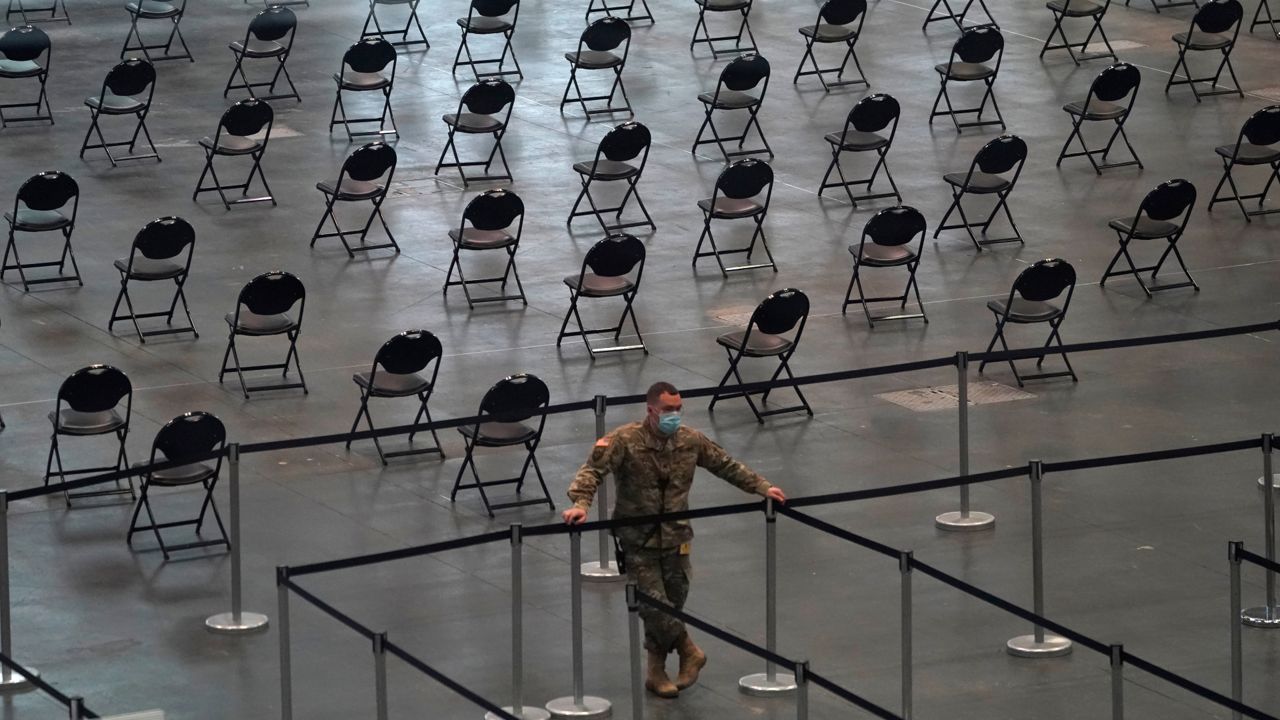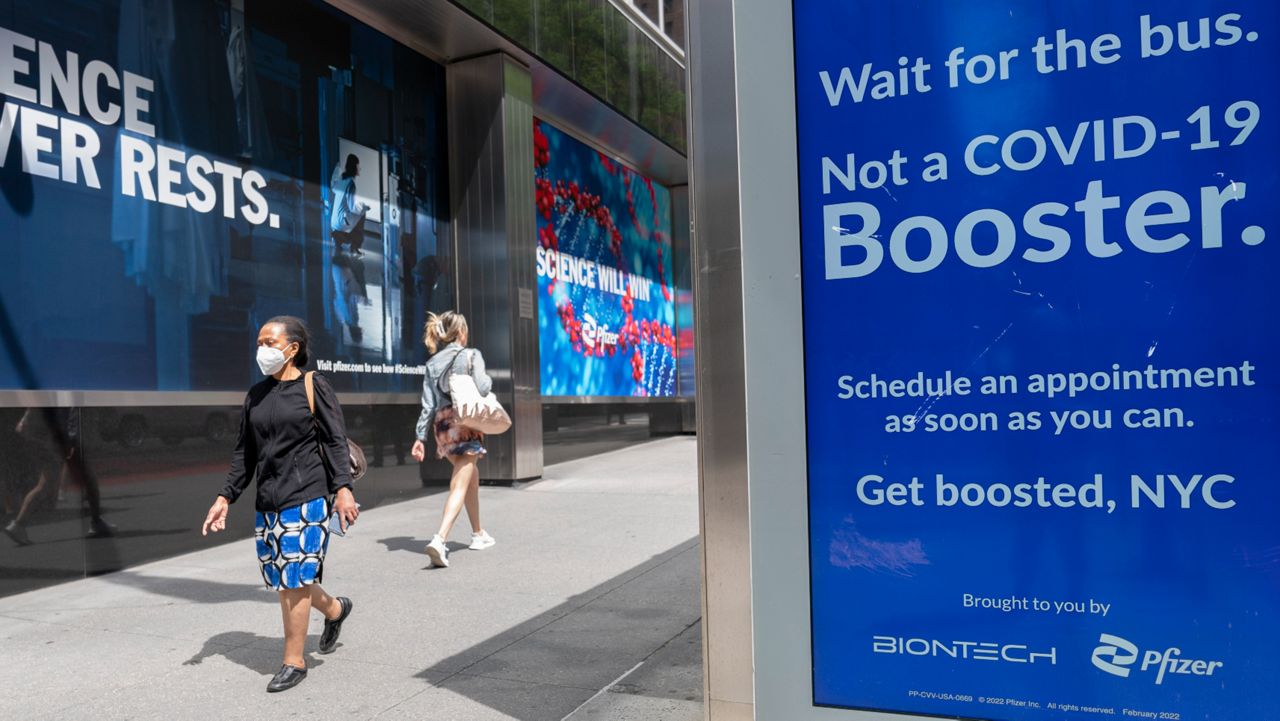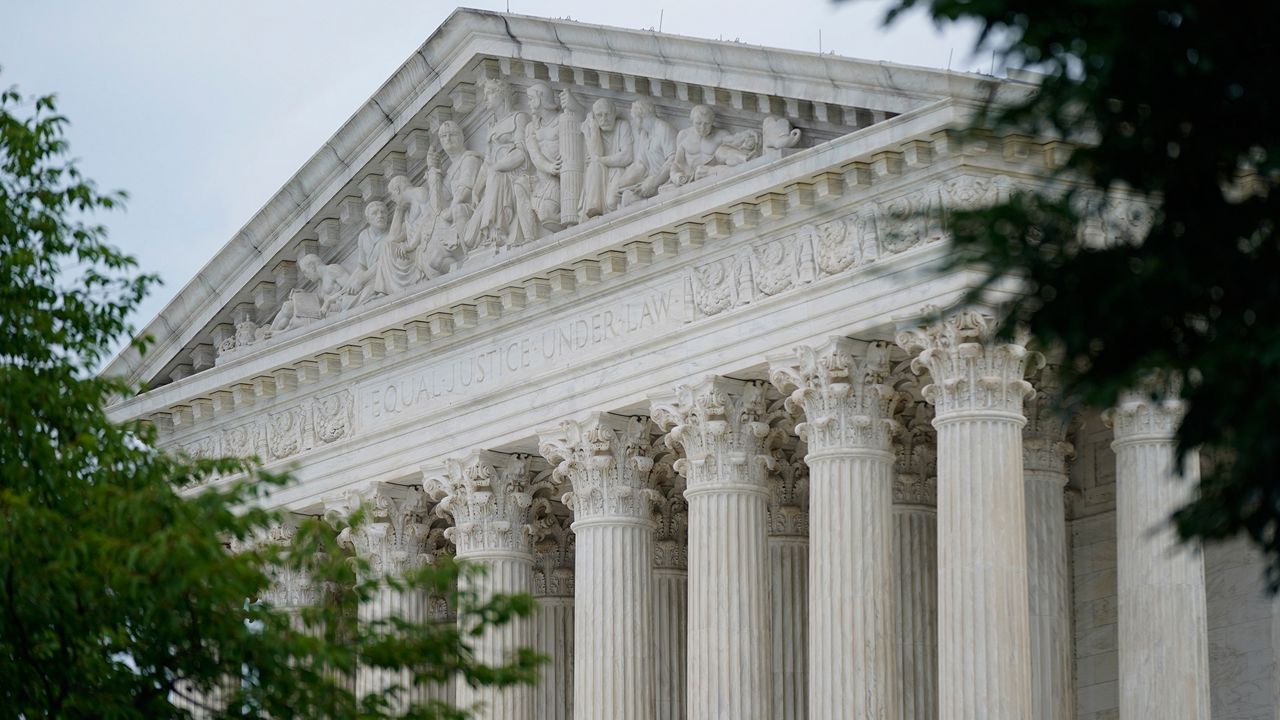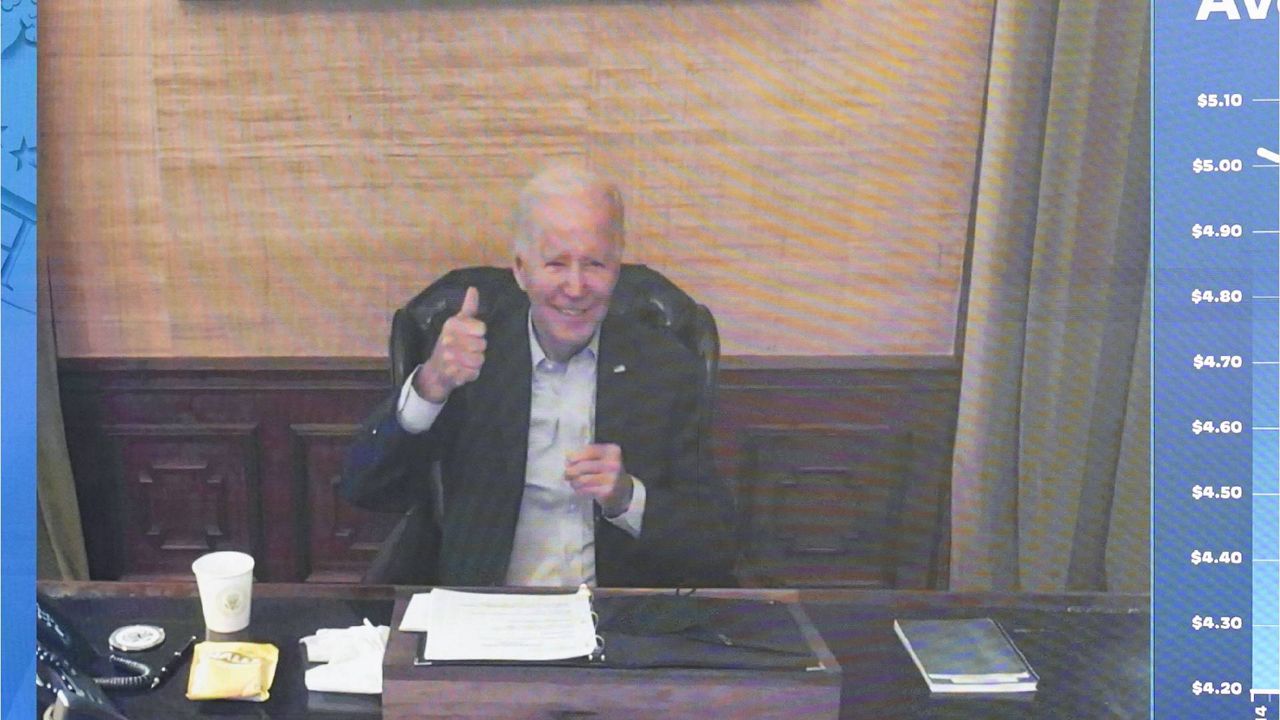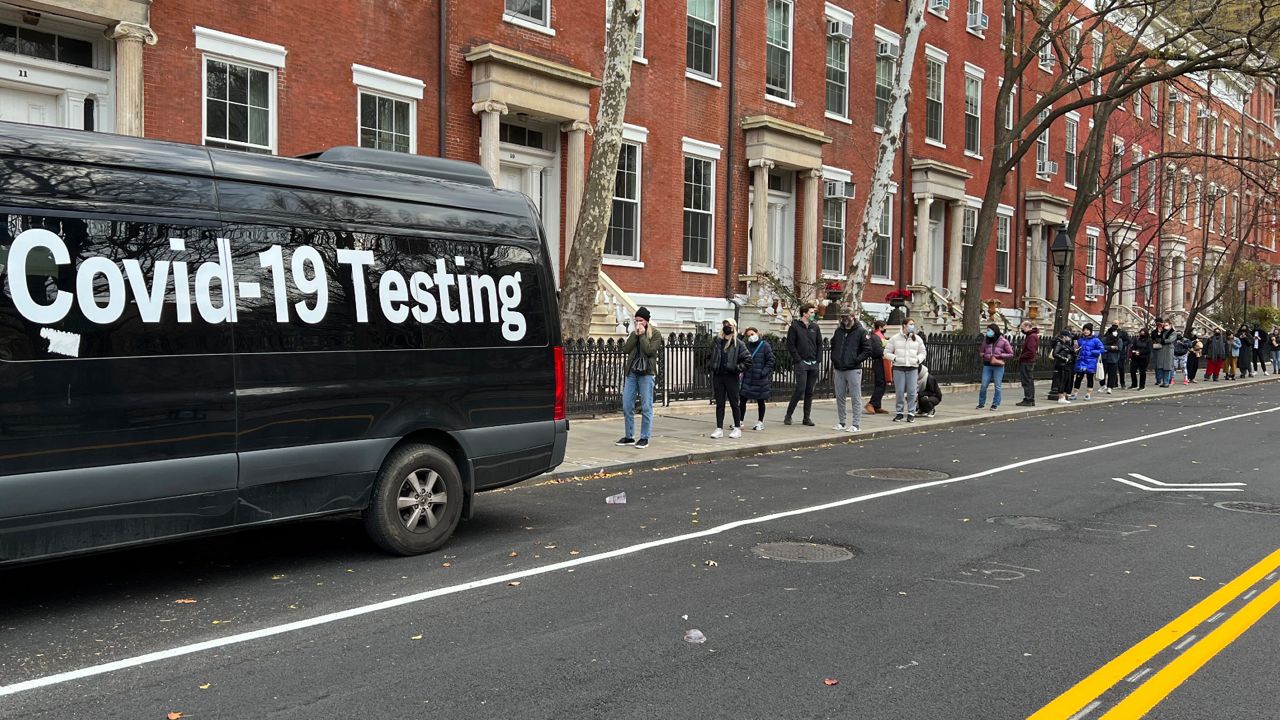New York City is seeing the best COVID-19 numbers in nearly six months, with rates of hospitalizations, positive tests and cases all at their lowest levels since November.
Those trends have led Mayor Bill de Blasio and Gov. Andrew Cuomo to declare ambitious — and, of course, competing — new goals for reopening the city.
On Friday, de Blasio said he hoped to reopen the city fully by July 1. On Monday, Cuomo said he would lift capacity restrictions on most venues on May 19, including restaurants, retail stores, museums and theaters. Venues that do not require proof of vaccination or a negative COVID-19 test must still enforce six-foot distancing.
Health experts are optimistic, too — but not on the level of the mayor or governor.
What You Need To Know
- Cuomo and de Blasio have set ambitious goals for reopening the city, but health experts are concerned about their approaches.
- Neither leader has tied the reopening to specific health goals, such as vaccination rates, which have slowed over the past month.
- Reopening the city when not every neighborhood has sufficient protection, some health experts say, could make the disproportionate effects of COVID-19 in some areas even worse.
They remain concerned about the city’s flagging vaccination rates, especially in many of the neighborhoods that were hardest hit by the pandemic. They also question the mayor’s decision to set a date for reopening two months away, instead of tying the reopening to stiffer goals for the vaccination effort.
And with highly infectious variants circulating in the city, they say, there is plenty of reason to remain on alert.
“You can be optimistic, you can be pessimistic, but human beings don't set the timeline,” said Dr. Stephanie Woolhandler, a professor at Hunter College’s School of Urban Public Health. “The virus sets the timeline.”
Dr. Dave Chokshi, the city’s health commissioner, said last week he was cautiously optimistic, in an appearance on “Inside City Hall.” But he was concerned that New Yorkers could become complacent or too relaxed in the wake of news about the city reopening.
“We can’t mistake progress for victory,” he said.
Even small vaccine sites have noticed the slowdown in people getting vaccinated.
Requithelia Allen, an associate minister at Convent Avenue Baptist Church in Harlem, said that the vaccine clinic at the church run by Community Healthcare Network has seen its weekly vaccinations drop from a first week high of about 400 doses. In the vaccination hub’s third week, that number dropped to half, before climbing back up as people came in for their second shot.
Allen, who is also the director of the Hamilton Grange Senior Center, expressed concern at the city’s reopening plans.
“It seems a little soon for me,” she said. “Until we’re sure that at least 75% of us have been vaccinated, I’d like for us to wait.”
Despite the city widening vaccine eligibility to people 16 and older on April 6, daily vaccination rates have been steadily declining since April 8, when the city hit a high of 115,456 doses administered in one day, according to city counts.
About 2.5 million residents are fully vaccinated, which is half of the 5 million goal that de Blasio set for the city to reach in June. About a million residents have received their first shot.
Health experts are skeptical that the city will hit its vaccination goals.
The city numbers indicate that the total number of residents getting vaccinated is plateauing, said Dr. Bruce Y. Lee, a professor at CUNY’s public health school who creates mathematical and computational models of how diseases spread through populations. Countries such as South Korea, Taiwan, Israel and New Zealand, Lee said, tied reopening to achievements in limiting virus spread or vaccination rates.
Those countries “haven't said, in two months we’re gonna do this, in four months we’re gonna do this,” Lee said. “They monitored the situation, and they had a clear scale: If transmission is this high, this many cases, this much hospitalizations, we’re gonna do this.”
The virus can also undermine even the most sophisticated models that attempt to predict the course of the pandemic, Lee said.
Avery Cohen, a spokesperson for the mayor, contested the claim that the number of city residents getting vaccinated is plateauing, but did not cite any direct evidence. Cohen did not respond to a question about whether the city used a statistical model to determine the July 1 date.
No ‘trigger points’ to pause reopening
De Blasio has pitched the July 1 reopening as a boon for New York’s economy, especially tourism.
“This is going to be the summer of New York City," de Blasio said at a news conference last Thursday. "You're going to see amazing activities, cultural activities coming back. I think people are going to flock to New York City because they want to live again."
De Blasio is betting that giving New Yorkers a date to look forward to will encourage them to help the city get to a full reopening then safely, and with time to plan for it.
“Experts we’ve talked to say that giving a date gives certainty to New Yorkers, both workers and businesses,” said Cohen. “It also encourages people to get vaccinated.”
Melody Goodman, a professor of biostatistics at New York University who studies public health disparities in urban areas, said that what scared her was not the reopening date, but rather the lack of “trigger points” in health metrics that could require shifting that goal.
“I want to know that we have systems in place that are gonna protect us if things get bad,” she said. “I want to get out of my house, too. But I also remember how scared I was last March. I don’t want to go back to that feeling, either.”
Cohen, the mayor’s spokesperson, said the city was not tying the reopening date to any specific metric threshold.
“Given our vaccination pace and declining rates, we feel confident we’ll hit this goal,” Cohen said in an email.
‘Neighborhoods left behind’
In wealthier and often majority white neighborhoods of the city — much of Manhattan, eastern Queens, Brooklyn’s brownstone belt and Staten Island — at least half of residents are fully vaccinated. In areas that saw the highest COVID-19 case rates, such as the South Bronx, northern Manhattan, central and southeast Queens and eastern and southern Brooklyn, about a quarter to 40% are fully vaccinated.
“I’m feeling optimistic about the overall trend in the city,” said Denis Nash, a professor of epidemiology in CUNY’s School of Public Health. But “there’s a lot of neighborhoods and people being left behind by this vaccine campaign. That's very unfortunate.”
Goodman said she is hopeful that person-to-person encouragement to get vaccinated is steadily assuaging concerns in the Black community in particular about getting vaccinated. But she said it did not make scientific sense to proceed with a reopening plan while predominantly non-white and poor neighborhoods remain relatively less protected than white and wealthier areas.
“To try to say, ‘It's only here,’ in a place like New York City, where people live in one borough and work in another, that doesn't make sense for the type of pathogen we’re dealing with,” she said.
Nash suggested that the mayor fully reopen the city when every ZIP code hits at least 50% fully vaccinated, to show New Yorkers that their safety is closely tied to the safety of every other New Yorker -- and to set a high standard for a city hoping for a wave of tourists.
“What happens in New York isn’t just gonna affect New York,” Nash said. “It’s gonna affect everyone who comes and goes from here, which means the world.”




